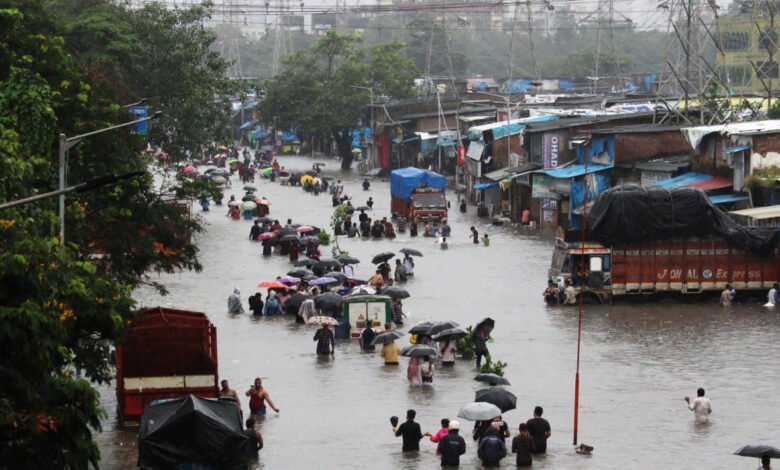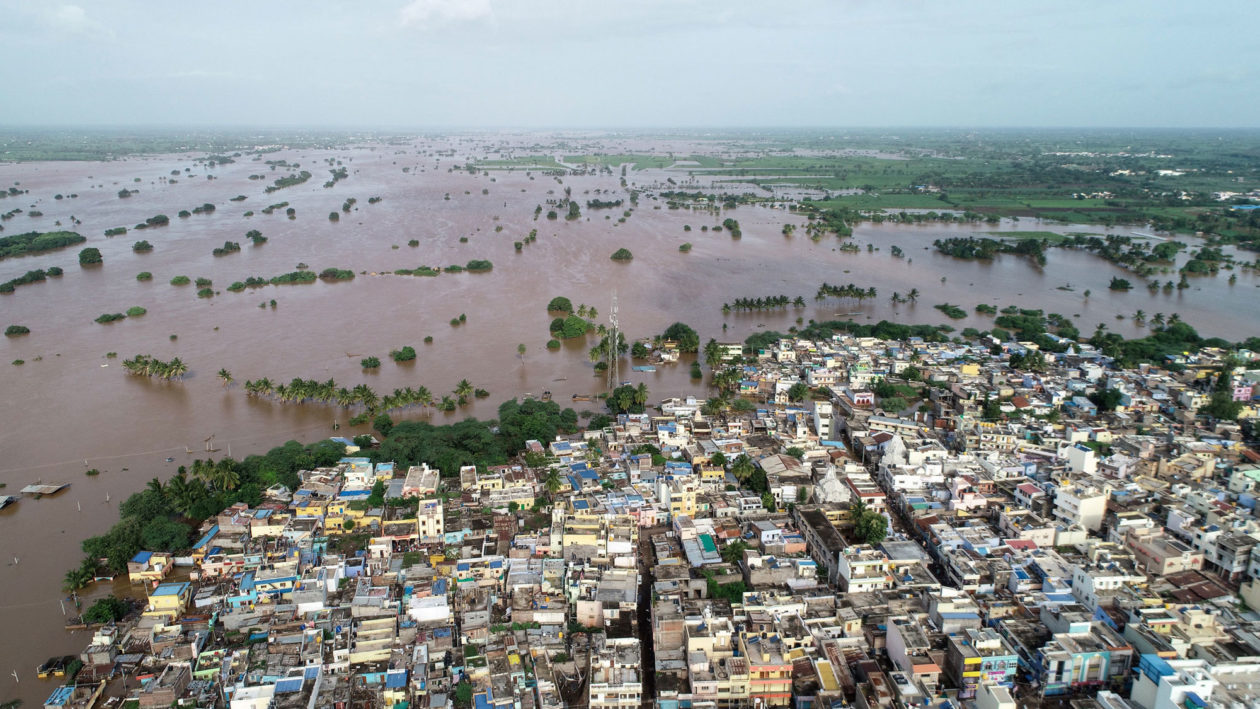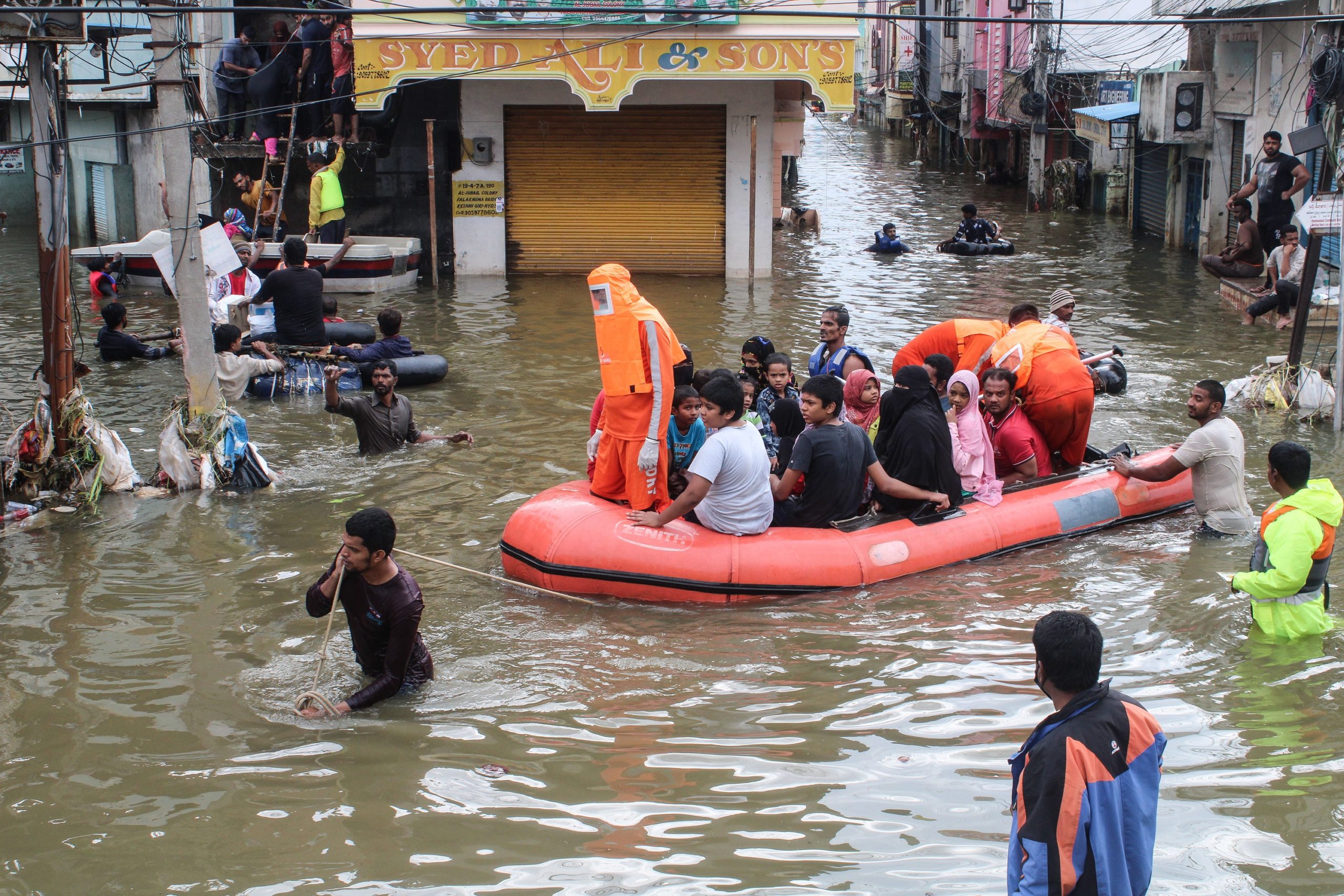India’s unplanned city development will continue to be swamped by floods

Urbanisation: India’s unplanned city development will continue to be swamped by floods
Challenges including an insufficient drainage system, waterlogging, the intrusion of water bodies, and more are brought on by the mismatch between the city’s infrastructure and the rate of expansion. The recent flooding in Bengaluru was caused by an unplanned infrastructure that was built in defiance of local government regulations and without respect for the need to create the necessary skills to address urbanization’s difficulties.
Recent flooding has been caused by a lack of planning, programming, and preparation in many Indian cities. Unintended effects, such as waterlogging and floods, are frequently the result of haphazard and exclusive developmental projects that do not represent the basic requirements and reality of the cities. The historic and geographical aspects of a town or city are typically ignored since they are not included in the “modernization” plans, which frequently leads to forced notions and copied concepts.
When a catastrophe occurs, it is simple to assign blame and shift the responsibility, but the essential inquiry is: Who is responsible for this?
The 74th amendment has been a well-known piece of law, although its application is still uneven in practice. The distribution of power to local governments has not significantly improved, despite being a hotly discussed subject in India.
The neighbourhood’s first point of contact and the carriers of last-mile delivery of government services are unavoidably the local administrations. Planning and development, however, must take into account an inverted power structure since usually, these decisions are made by state or Union administrations without consideration for what is required locally.
Additionally, a lot of these communities lack functioning councils, and the elections for municipal corporations are frequently postponed indefinitely or only slightly. This leads to a lack of consistency and creativity in the local level development of strategic plans to create a sustainable city. In a city like Bengaluru, the administrative rule, rather than a democratically elected and empowered local government, is a prime illustration of the importance placed on the local government.
Road construction and municipal planning are incompatible with a lack of street layout and mapping. Footpaths, carriageways, stormwater drains, pedestrian crossings, street décor, and street vendors are all elements of effective street design. A crucial component of this is stormwater drainage, which is still lacking in the majority of Indian cities. Stormwater drains with improper designs result in significant longitudinal stormwater flows, which are quickly followed by flooding.

Sometimes, drains are hurriedly put in place and aren’t level with the surrounding road surface, which makes things worse. Additionally, the public works departments’ inadequate technical expertise, low engineering standards, and lack of updating have severely damaged streets and even entire neighbourhoods. It is because the government prioritizes street design plans above road widening.
An area loses its capacity to absorb rain as it is transformed from a field to built-up land. Waterbody protection was not initially the main goal of urban design; it was only after recurrent flooding in major cities, which in turn caused enormous financial losses, that it received the attention it deserved. Inadequate drainage systems, waterlogging, the incursion of water bodies, climate change, and other issues are caused by the imbalance between the city’s infrastructure and the rate of growth.

In low-lying places, many cities are being constructed, frequently as encroachments over lakes, marshes, and riverbeds. Many have not implemented disaster management strategies or constructed resilient structures. Both scenarios would result in the wasteful use of land and resources and frequently encourage the building of unlawful structures that obstruct the free flow of rainfall and canals.
The ineffectiveness of administration on the majority of urban local bodies is one of the main issues here. The provision of public goods and services is divided among several, interdependent institutions. A governance system with several agencies attempts to promote “creative dissent” to improve outcomes like the efficient provision of goods and services and reduce coordination issues.
The existence of so many different agencies, though, has prevented them from collaborating where they should. The low capacities of the parastatal agencies sometimes provide a problem for the high density and vertical expansion. The inadequate administration abilities of these institutions frequently have an impact even on the city’s expansion.
The significance of creating a master plan has also gone unnoticed in the majority of Indian cities. The absence of a master plan in Bengaluru since 2015 is interesting, but what’s most perplexing is that there has never been a master plan blueprint developed for the city. In a major metropolis like Bengaluru, which is rapidly urbanizing, using an old master plan leads to resource mismanagement and dysfunction.

Although each city has a unique topography and climate, the causes of floods are often the same. These factors are greatly impacted by the locations where cities are constructed or expanded, as well as by the techniques used to build roads, buildings, and other structures. Relying on the traditional designs has to be abandoned since they add more complexity to the city’s sustenance. Additionally, making sure that satellite technologies are properly used when authorizing development zones, developing stormwater drainage systems, and producing land use maps may assist to some extent reduce these urban difficulties.
edited and proofread by nikita sharma




